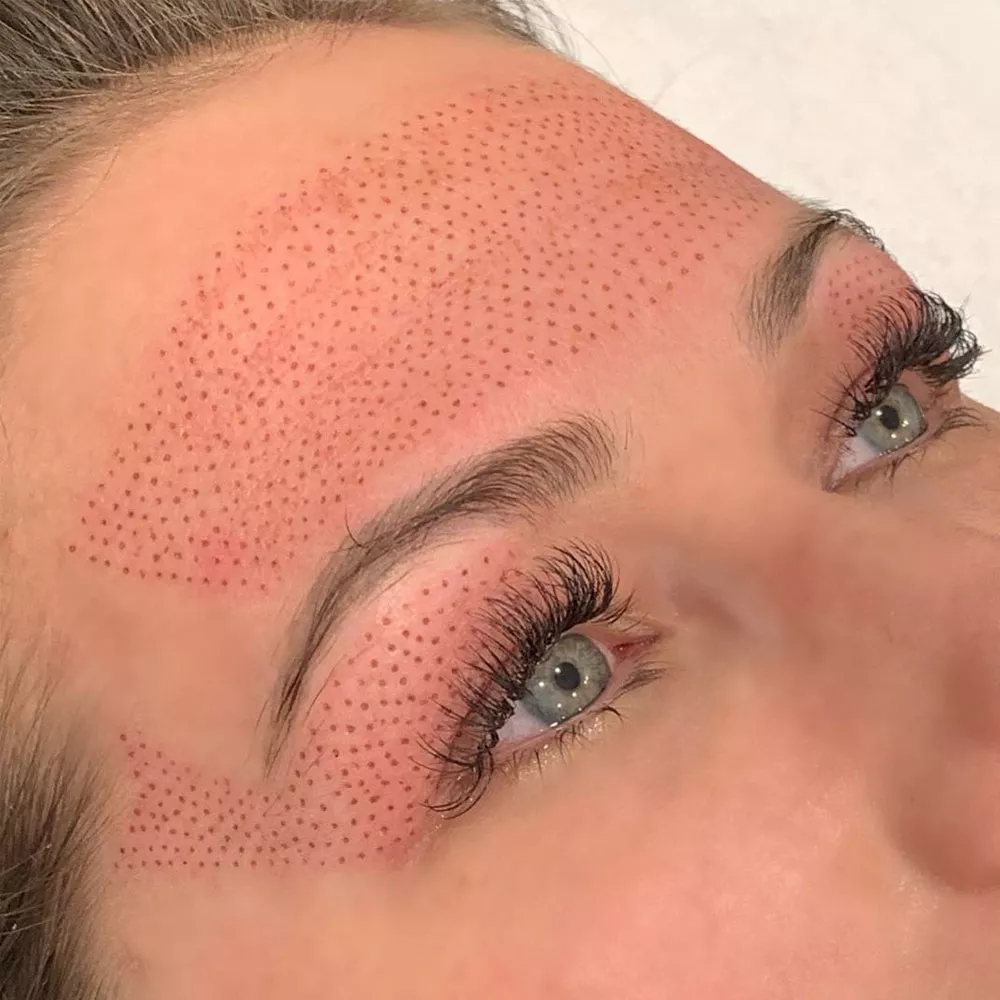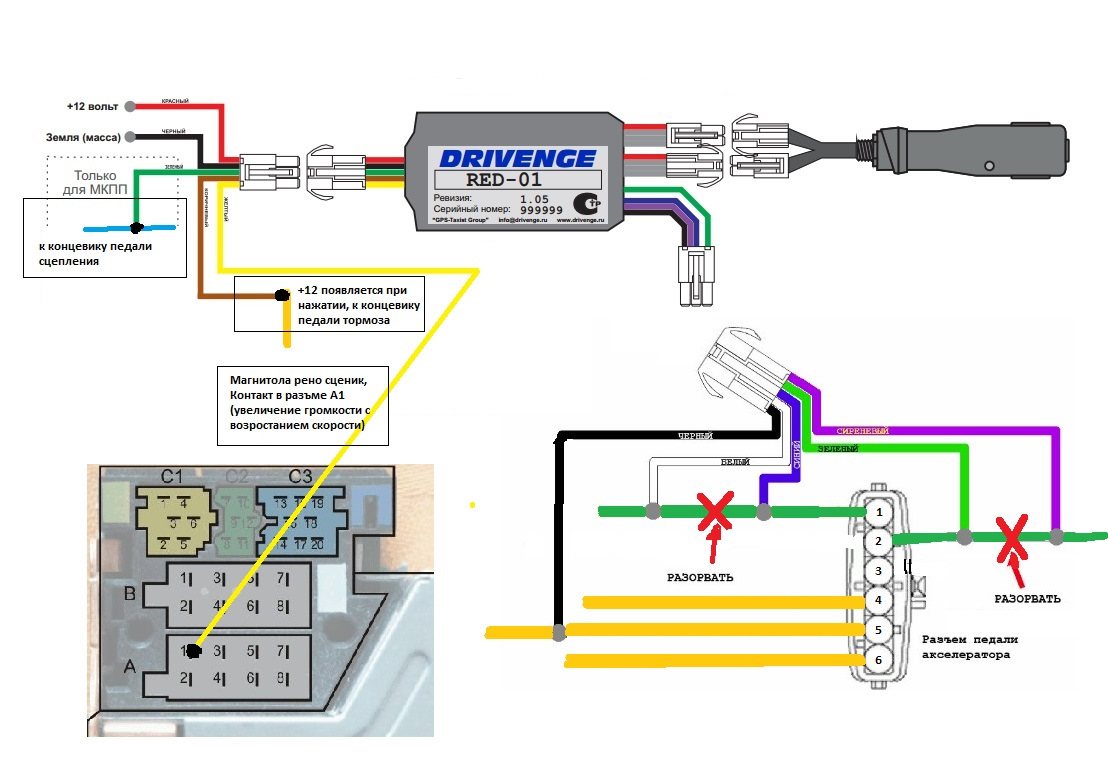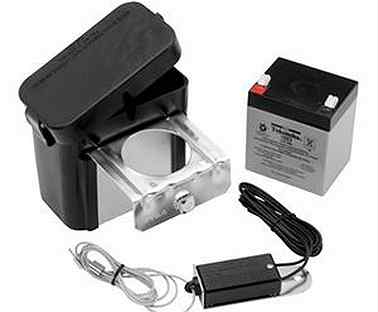
Is it safe to drive a car after the introduction of plasma?
If you are considering donating plasma, we welcome you. Plasma is not artificially produced, and it is vital when it comes to various surgical interventions. Plasma is needed in the form of donations from healthy people, and often the demand is such that people are even paid to donate plasma. However, it's not without risk for driving.
Donating plasma can cause bruising of the skin. The procedure involves inserting a needle, and if the technician does not get it right on the first try, repeated attempts may be required. Bruising can occur as a result, and while this is not a health hazard, it can be painful and bruising can persist for up to two weeks.
Some donors report nausea after donating plasma. This is because your body has lost quite a lot of plasma in a relatively short period of time. Again, there is no health risk, but you may feel sick.
Dizziness is also a common side effect of plasma donation. In rare cases, donors may become so weak and dizzy that they may pass out.
Hunger pangs are also a common side effect. This is because your body is working hard to replace the plasma.
Donating plasma can be physically demanding and you may feel very tired.
So, is it possible to drive a car after donating plasma? We really do not recommend this. Plasma administration can make you dizzy, dizzy, pain, and even nauseated. In short, driving may not be the smartest decision. While you did a wonderful thing by donating plasma, you should play it safe and wait until all symptoms are gone before driving, or arrange for a friend or family member to drive for you.

